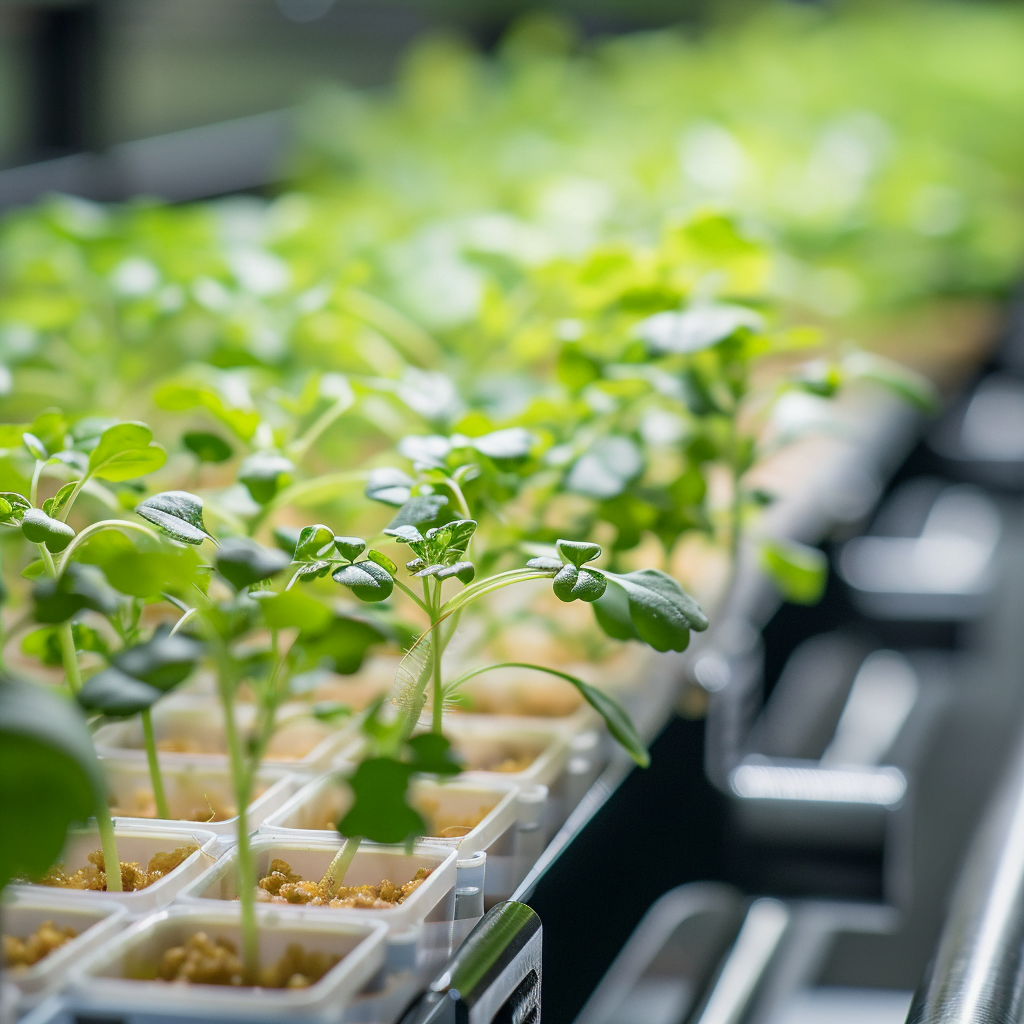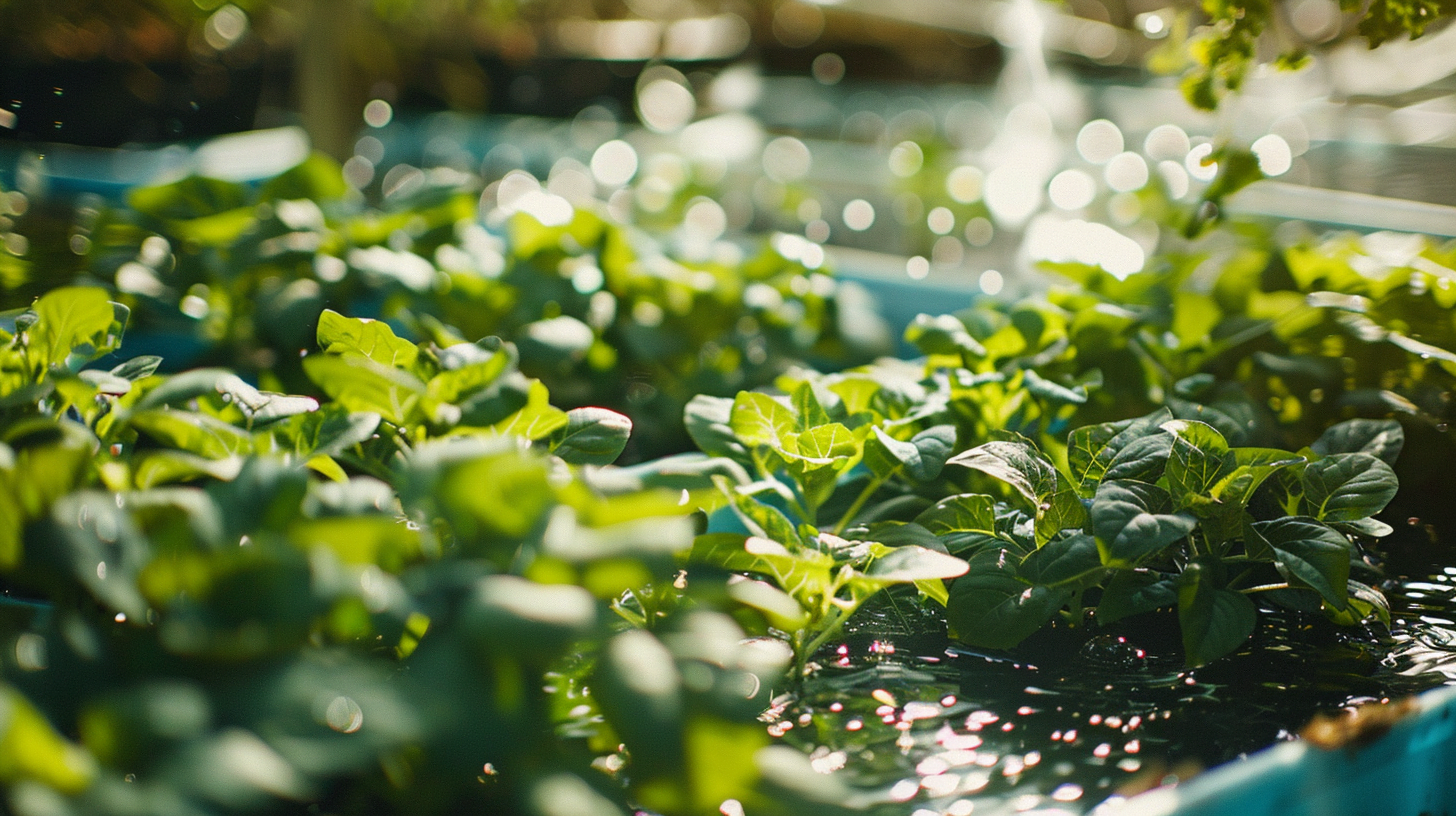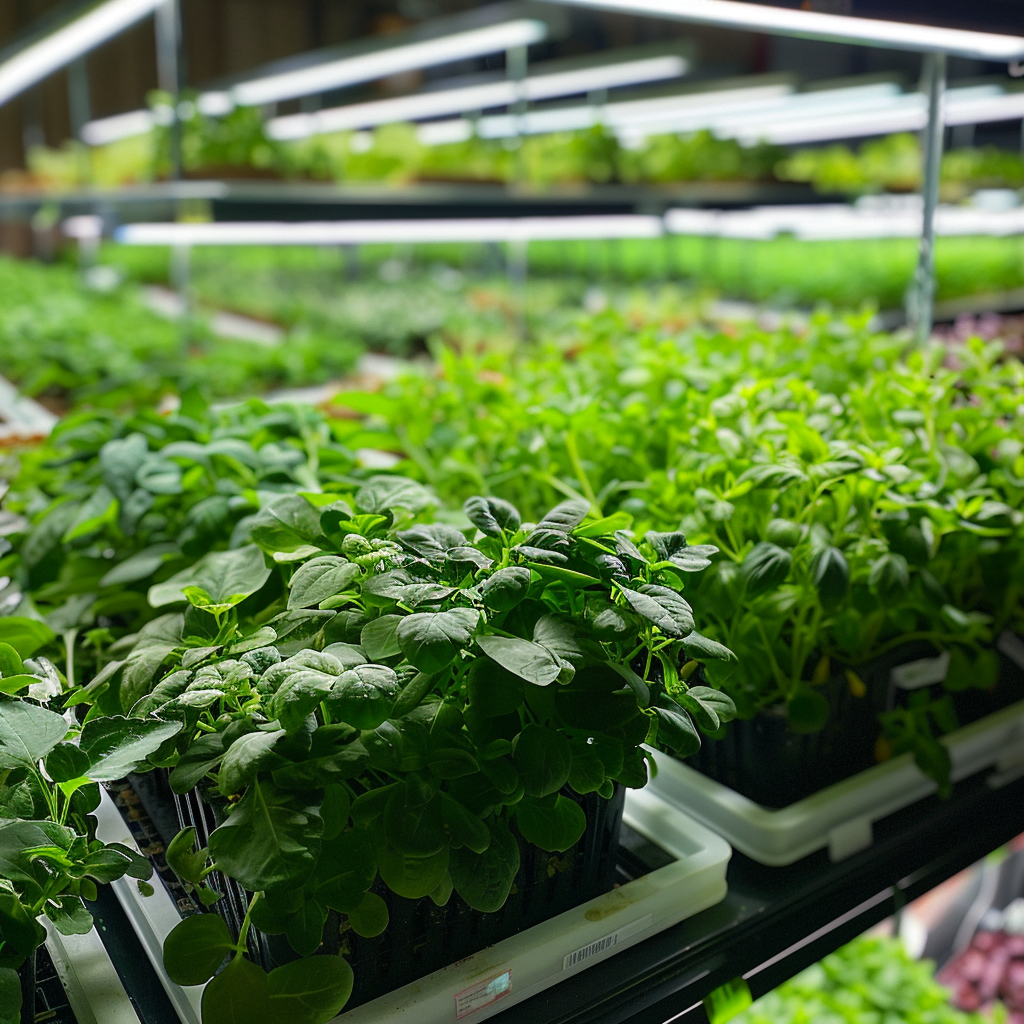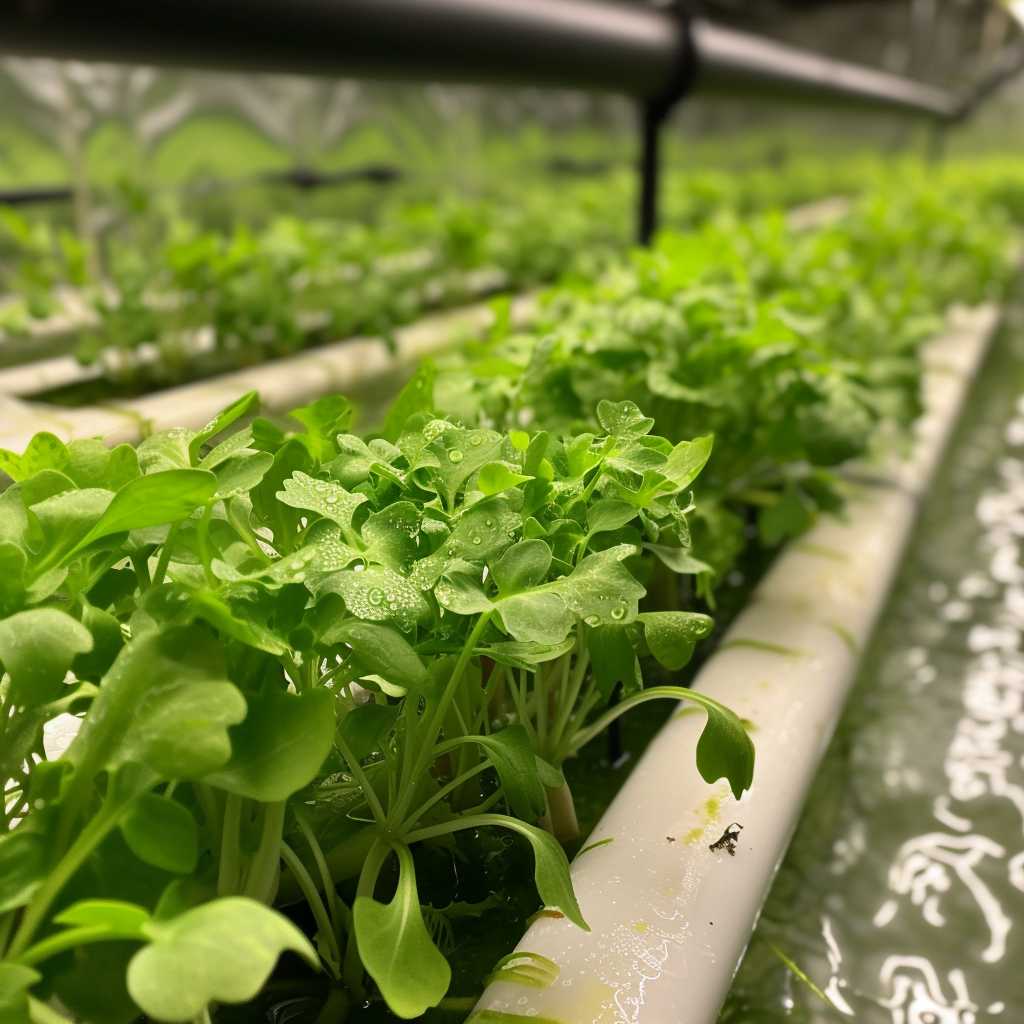Hydroponic gardening is becoming increasingly popular for growing robust, healthy plants without soil. Wick hydroponic systems are one of the simplest passive hydroponic methods. In a wick system, a wick draws up the hydroponic nutrient solution from a reservoir to the plant roots. This eliminates the need for pumps and timers. In this article we will show you how to make a wick hydroponic system.
With just a few easily sourced supplies, you can make your own DIY wick hydroponic system right at home. This guide will provide step-by-step instructions for constructing a simple wick system and offer tips for success.
What is a Wick Hydroponic System?
A wick hydroponic system relies on capillary action to deliver nutrients to the plants. Capillary action is the ability of a liquid to flow against gravity in narrow spaces, which allows the nutrient solution to “wick” up the rope to the plant roots.
Benefits of wick hydroponic systems include:
- Passive system, no electricity required
- Simple design and easy to build
- Low maintenance requirements
- Good for beginner hydroponic gardeners
- Delivers constant supply of nutrients to plants
- Allows flexibility in reservoir positioning
The key components of a wick hydroponic system are:
- Reservoir – Holds the hydroponic nutrient solution
- Wick – Absorbs and transports the solution to plants
- Growing tray – Holds the growing medium and plants
- Growing medium – Supports the plant roots
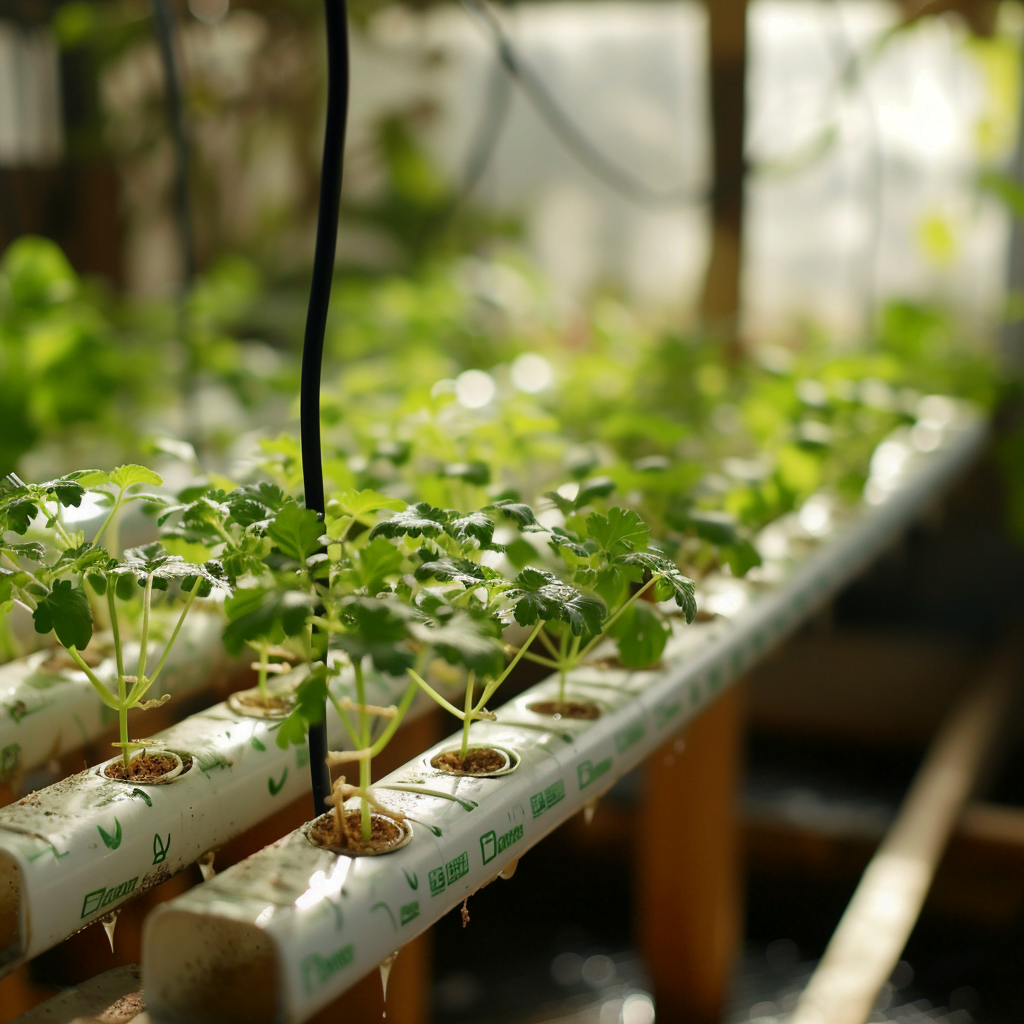
Supplies Needed for a Wick Hydroponic System
Constructing a wick hydroponic system is simple since you only need a few supplies. Here’s what you’ll need:
- Container for the reservoir (5+ gallon bucket, tub, tote)
- Growing tray or container for plants
- Growing medium (clay pellets, perlite, vermiculite)
- Wick (nylon rope, cotton rope, shoelace)
- Nutrient solution
- Small pumps (optional for larger systems)
- Seeds or seedlings
The size of the containers and length of the wick can vary depending on your space and needs. Make sure the wick is long enough to reach from the bottom of the reservoir up into the growing tray.
Step-by-Step Guide to Making a Wick System
Follow these steps to make your own wick hydroponic system:
1. Prepare the Wick
Cut your wick material to an appropriate length. It should be a few inches longer than the distance between the bottom of the growing tray and top of the reservoir.
Natural fiber ropes work best as synthetic materials may not wick well. Some good options are cotton rope, jute, or shoelaces.
2. Anchor the Wick
Place one end of the wick in the reservoir and use a weight to hold it in place. The wick needs to rest flat on the bottom and remain fully submerged in the nutrient solution.
3. Fill the Growing Tray
Pour your chosen growing medium into the planting tray up to a depth of 3-6 inches. Clay pellets and perlite work well to allow oxygen flow.
4. Transplant or Direct Sow Plants
Gently place seedlings or seeds into the growing medium. Push seeds just below the surface and pack medium around transplants.
5. Connect the Wick
Situate the growing tray above the reservoir. Place the loose end of the wick into the growing medium, keeping it buried under the surface.
6. Add Nutrient Solution
Fill the reservoir with enough hydroponic nutrient solution to submerge the wick end. Use a premixed solution or make your own.
And that’s it! The wick will draw the nutrients up through capillary action without any electricity or pumps required.
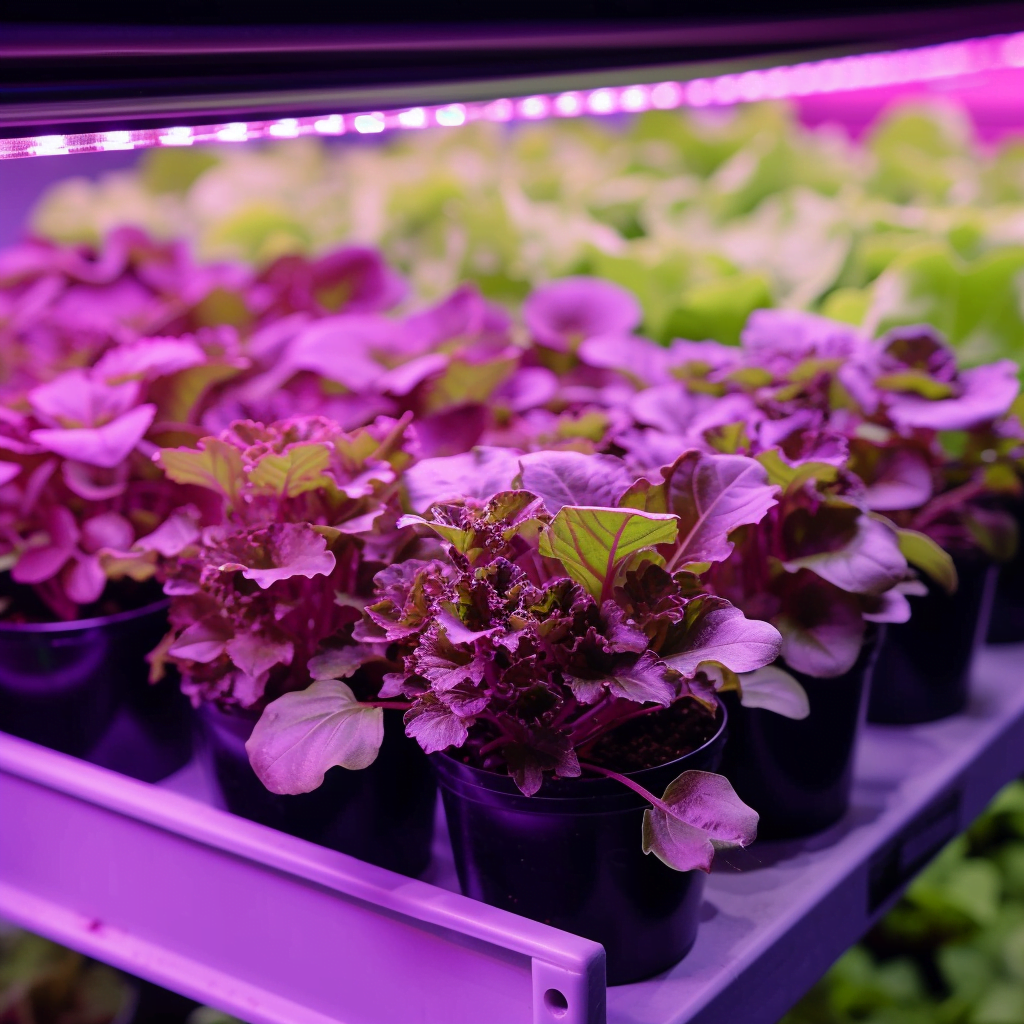
Maintaining Your Wick Hydroponic System
With just a little routine care, your wick system will keep performing optimally:
- Check nutrient levels – Top off the reservoir as needed to keep wick submerged.
- Monitor pH and EC – Test levels weekly and adjust to maintain balance.
- Clean wick – Remove and rinse wick to prevent mineral buildup. Replace as required.
- Clean system – Flush out reservoir to prevent growth of bacteria and algae.
- Ensure proper lighting – Plants need adequate light for photosynthesis.
- Ventilate – Allow airflow to prevent humidity buildup.
- Manage pests/disease – Immediately remove any infected plants to prevent spreading.
Tips for Success with Wick Hydroponic Systems
Follow this expert advice to get the most out of your wick hydroponic system:
- Use a chlorine remover if using tap water in the reservoir to improve wicking capability.
- Increase aeration in the growing medium by blending in perlite. This improves drainage and oxygen flow to plant roots.
- Place reservoir below the growing tray to optimize capillary action and wicking height.
- Grow small to medium sized plants like lettuce, herbs, strawberries, or greens which work well in wick systems.
- Cover the reservoir to block light and prevent algae growth. An opaque plastic tub or bucket works well.
- Flush the system with fresh water every 2 weeks to prevent buildup of mineral deposits from the nutrients.
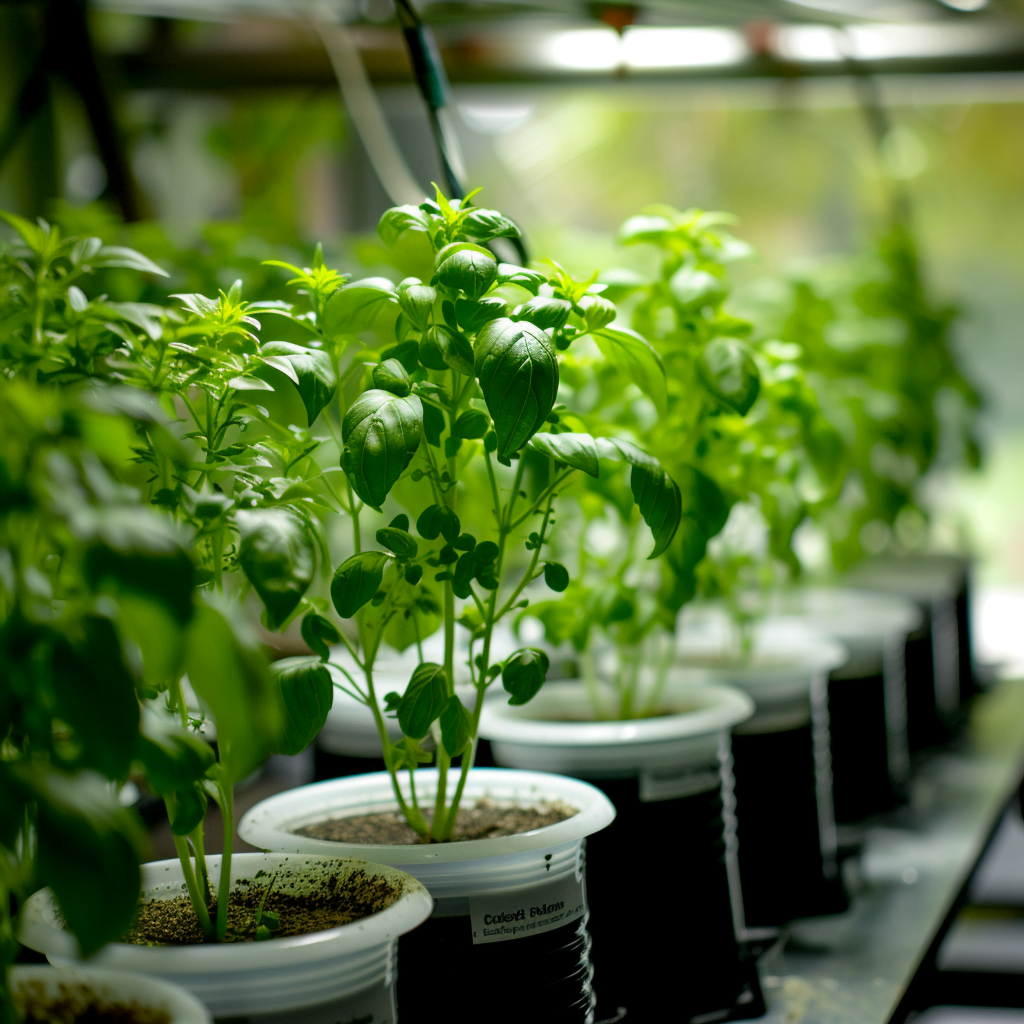
Common Wick System Issues and Troubleshooting
If you notice any issues with your wick hydro system, here are some troubleshooting tips:
Problem: Slow or uneven wicking
Solution: Use higher quality natural fiber wick, change wick position, or switch growing medium to improve capillary action.
Problem: Nutrient buildup in system
Solution: Drain and flush the reservoir, deep clean wicks and trays, and replace nutrient solution.
Problem: Poor drainage or saturated medium
Solution: Add more perlite to the growing medium to improve aeration and drainage.
Problem: Minimal root development
Solution: Roots may be getting insufficient oxygen. Add an air stone or pump to reservoir to increase oxygenation.
Problem: White mineral deposits on wicks
Solution: Mineral deposits from nutrients can inhibit wicking. Change out wicks and flush system with fresh pH adjusted water.
Conclusion
Constructing your own wick hydroponic system is an easy, accessible way to start growing plants hydroponically at home. Following the steps outlined above to build and maintain the system will set you up for success.
Wick hydroponics deliver constant nutrients passively without electricity, making it one of the simplest hydroponic methods. Pay close attention to wick quality, growing medium, and nutrient balance to get the best growth. Add this efficient growing technique to your gardening repertoire!
